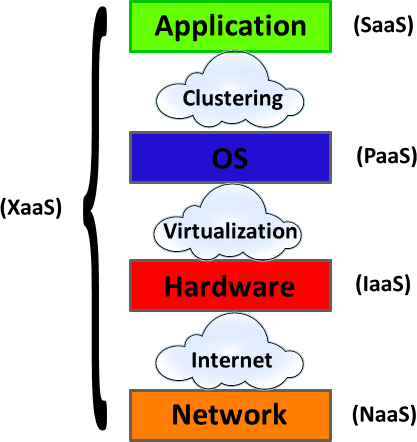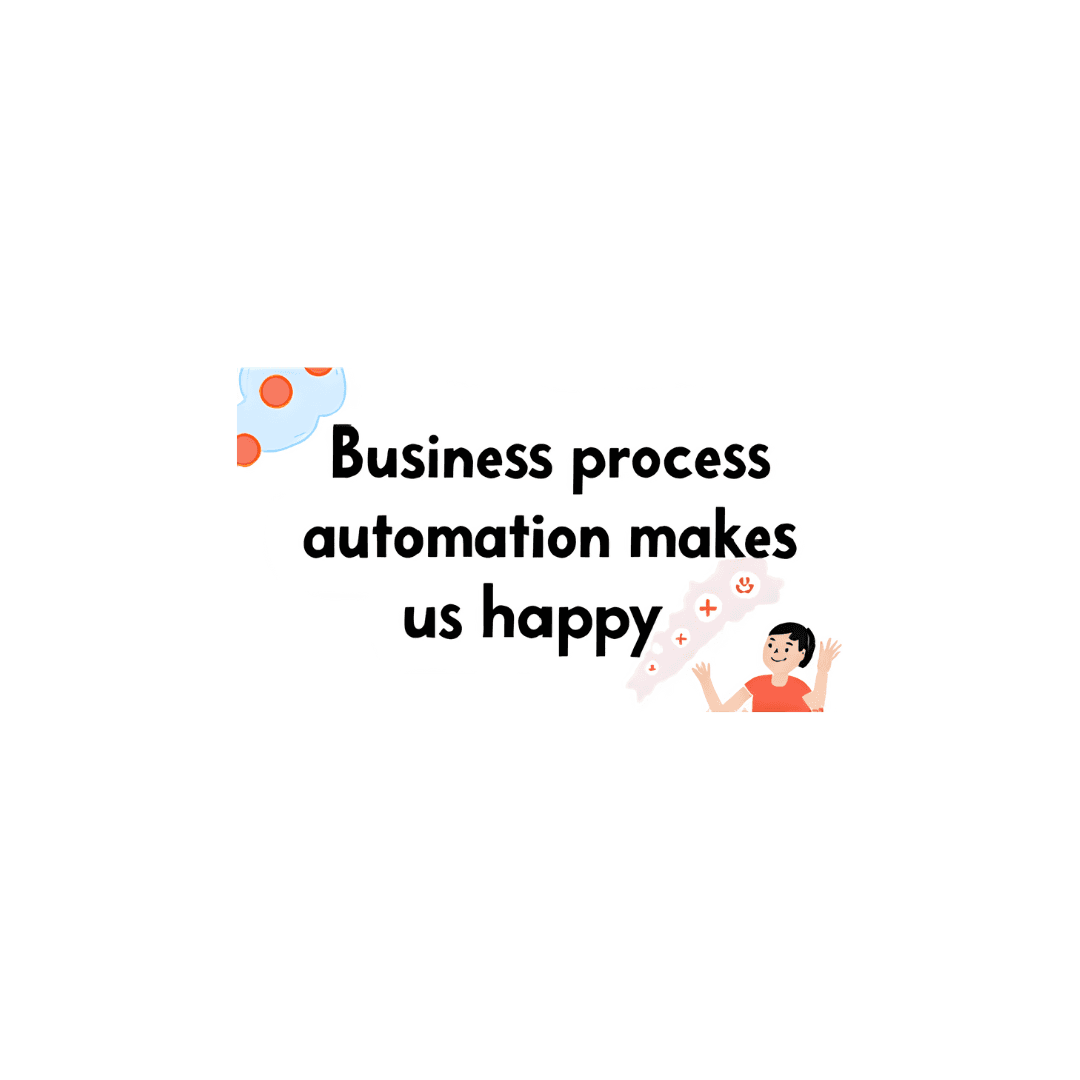Blog Post
What is cloud computing?


If you've heard of the cloud, and wondered what it could do for your business, you've probably encountered a dazzling lexicon of jargon about it - as well as some who claim it's the future of IT, and others who say it's complex and problematic. So what is cloud computing and what is the truth? As is so often the case, it comes down to using the technology effectively, not just using it because it's there...
What is cloud computing?
The dictionary definition of cloud:
Cloud – verb, make or become less clear or transparent
The cloud concept has been used in IT for decades to illustrate any part of the infrastructure where the physical nature of it is unknown or out of our control (ie “less clear or transparent”), chiefly because it is not our physical hardware to know or control. Take a look at any network diagram for instance and you will likely find a cloud on there somewhere, or come take a seat on one of our Networking courses and you will find a liberal smattering of clouds on the whiteboards.
The one on the end, for instance you're using right now. When you use the internet, how much time do you spend thinking about the computers that are storing, processing and delivering the information to you? If I told you that it is currently coming to you from a Network Operating Centre just outside of Amsterdam, would that enhance, detract, or make no difference at all to your experience? My point is, it's not the computer you're interacting with, but rather the service it provides.
Why does this matter?
As the consumer of a service, you don’t need to know how the service works in order to use it, which is generally a good thing. The more complicated your interaction with something is, the more scope there is for something to go wrong. As the service provider, this gives us the flexibility to change aspects of the service fairly rapidly, adding (or reducing perhaps) processing power for instance, implementing high availability, relocating where that service is provided from or perhaps even who is providing it, without downtime and without changing the way our users interact with that service.
So, cloud basically means hosted then?
Not necessarily. This is talking about content in the public domain. It obviously makes sense to offer this on a public-facing server, connected to a public network like the internet. And with a well-established public domain application like that, there’s also a good chance for many organisations that a reputable web hosting provider can do a better job of running and maintaining that server than we can, making issues like uptime, bandwidth, patching, security, hardware upgrades, etc their problem instead of ours.
But what about more private information, like email? Your messages communicate with people in the public and private domain but, crucially, they're stored and accessed privately. So, is a cloud solution still an effective one? What about other applications? Inventory Management, CRM, payroll systems for instance?
It’s important to note that a cloud solution doesn't necessarily have to be hosted by someone else - we can make our own cloud. In modern cloud parlance, we might have a public (hosted) cloud, a private (on premise) cloud or even a hybrid of the two. The cloud simply presents a layer of abstraction between the user of a service and the provider of a service. We can choose where we place that layer of abstraction.
Consider a very simple layered model of a server.
Now let’s add a bit of cloud magic!
The aaS (as a Service) suffix, is synonymous with cloud computing:
NaaS – Network as a Service
IaaS – Infrastructure as a Service
PaaS – Platform as a Service
SaaS – Software as a Service
XaaS – Everything/Anything as a Service
And why would that be a good thing?
Essentially, when we subscribe to one of these services in a public cloud, we defer responsibility for everything beneath that layer to someone else - our service provider. When we talk of a private cloud, we typically mean using virtualisation technologies to build a network and hardware infrastructure, upon which we can deploy a variety of operating systems and applications.
All these approaches can offer many advantages:
SaaS No need to install desktop software Accessible from anywhere on any device Less data and lower resource requirement on client Rapid deployment of software updates
PaaS Swiftly build and deliver new and custom applications OS deployment, maintenance and patching taken care of Reach wider audience for your applications Support from anywhere Implement change quickly
IaaS Reduce server footprint More flexible use of resources Reduce power requirements and electricity costs Quickly scale up resources as usage grows Rapidly deploy new services
So, potentially, a move to the cloud, public or private, could offer
More flexibility
More scalability
More accessibility
High availability
High security
Lower running costs
Lower licensing costs
Any downsides?
Of course:
Downtime – This is no longer in your control. Service uptime, and also connectivity uptime, are now in the hands of your providers. Disruption of either will potentially effect your entire user base. This is true of an on-premise solution too, but now it is in someone else's hands. Can we trust them to do it effectively?
Security and privacy – Placing our data in someone else's hands takes a high degree of trust. We may feel that our provider can do a better job of securing our systems than we can, their reputation depends on it after all, but that may also make them a more attractive target for attacks. We must still control access to our resources just as before, but must now also trust the security of a third party which, by necessity, will be somewhat opaque to us.
Limited control – The down side of letting someone else take care of something, is that it limits how much you can change. If your needs are more specific, you may need to make some compromises.
Vendor lock-in – Once you've subscribed to a service, you may see marked differences between the way different vendors operate that makes it very difficult to think about moving from one to another. Unsurprisingly, vendors won’t want to make it easy for you to leave them.
Spiralling costs – On the face of it, cloud computing offers substantial savings, but it's essentially a metered service. So if you don't have a clear understanding of just how much resource you're using, costs can quickly escalate. Greater accessibility may also lead to increased usage, which means paying for a higher resource load than anticipated.
These are all problems for an on-premise solution too, so in many ways it ultimately comes down to a balance between trust in your own abillity to provide a service, and trust in your provider to do it for you.
Deciding if it's the right solution for you requires a comprehensive understanding of your existing applications. Who uses them, how, where from, how often, how much data there is, how sensitive it is, and how volatile it is. Understand the technologies that are available, their potential and their limitations, the vendors that are offering them and the service level agreements they provide.
If it is something you're considering and would like to learn more take a look at our cloud computing training courses. We also provide consultancy services, if you need guidance about whether cloud computing would work for your business - we can even help you plan and deliver the switch. Give us a call on 0118 979 4000 or email info@ptr.co.uk.
Share This Post
Ian Roberts
Technical Director
Ian is an incredibly talented solutions architect. He has over 15 years of experience working with data, as part of a broader IT career spanning over 20 years.
Frequently Asked Questions
Couldn’t find the answer you were looking for? Feel free to reach out to us! Our team of experts is here to help.
Contact Us


